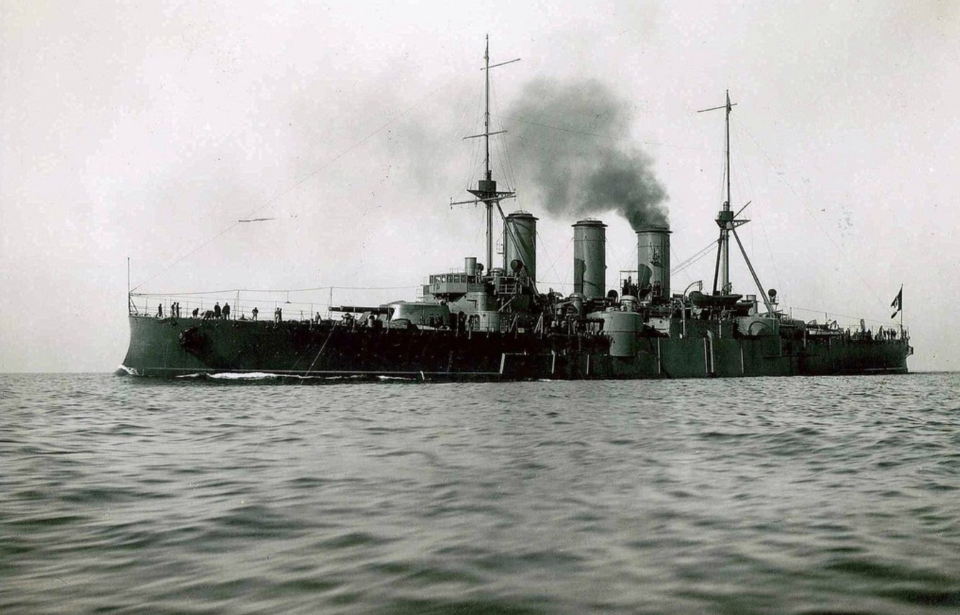When historians think of the great powers of the Second World War, Greece doesn’t typically come to mind, but it should, as least when it comes to its naval capabilities. A number of impressive vessels were operated by the Hellenic Navy during the conflict, as shown by the achievements of the armored heavy cruiser Georgios Averof.
Greece’s attempts to keep up with the world’s superpowers
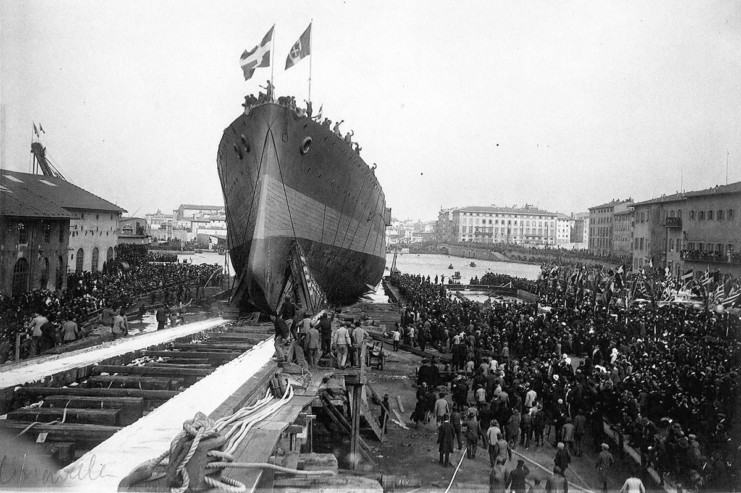
At the beginning of the 20th century, there were rapid advancements made in regard to the development of naval ships. In the early 1900s, Italy began work on an armored cruiser. She was fitted with German generators, French boilers, Italian engines and British guns.
Due to budget constraints, Italy put the vessel up for sale, with Greece securing the purchase. The reason the country was able to afford the one-third downpayment was the generosity of business magnate Georgios Averof. Upon his death in 1899, he’d left the Hellenic Navy 300,000 gold pound stirling. As such, the armored cruiser was named in his honor.
Georgios Averof‘s service during World War I
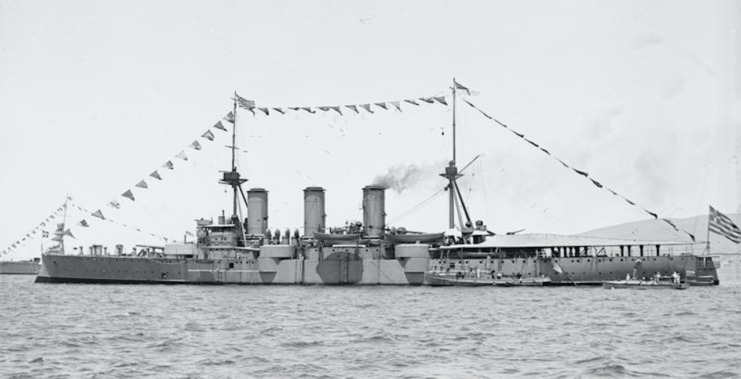
Georgios Averof was launched in March 1910 and became the world’s last commissioned armored cruiser the following year. It didn’t take long for her to see combat, as Greece became involved in the First Balkan War between the Ottoman Empire and the Balkan League, made up of the country, Serbia, Bulgaria and Montenegro.
The flagship of the Hellenic Navy’s fleet, her shining moment came during the battles of Elli and Lemnos, inflicting significant damage on the Ottoman Navy’s older vessels while suffering very little herself. Her armaments and speed made her superior to the enemy and, before long, the Balkan League had secured control of the Aegean Sea.
Georgios Averof saw less action during the First World War, given Greece’s neutrality in the early years of the conflict. In 1916, following the Noemvriana riots, she was seized by the French and returned only after Greece agreed to join the Allies. Action ramped up for the armored cruiser following the conflict, during the Greco-Turkish War.
German occupation of Greece
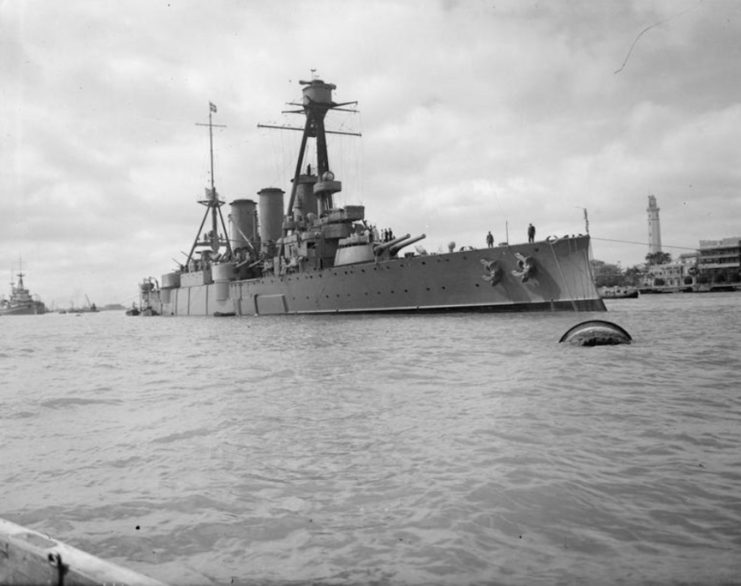
Following the Greco-Turkish War, Georgios Averof returned to Greece, and from 1925-27 was refitted with more modern armaments, including two twin 234 mm guns, six single 36 mm anti-aircraft guns and four twin 190 mm guns. Her furnaces, engines and boilers were also upgraded and her 17-inch torpedo tubes were removed.
At the start of World War II, Greece was attacked by Italy. While the country was initially able to repel the invasion, Germany eventually sent troops to support its ally. The German Army subsequently took control with Greece, whose leaders were exiled to Egypt. Despite significant resistance throughout the country, the Greek population remained under occupation until September 1944.
Georgios Averof‘s service throughout World War II
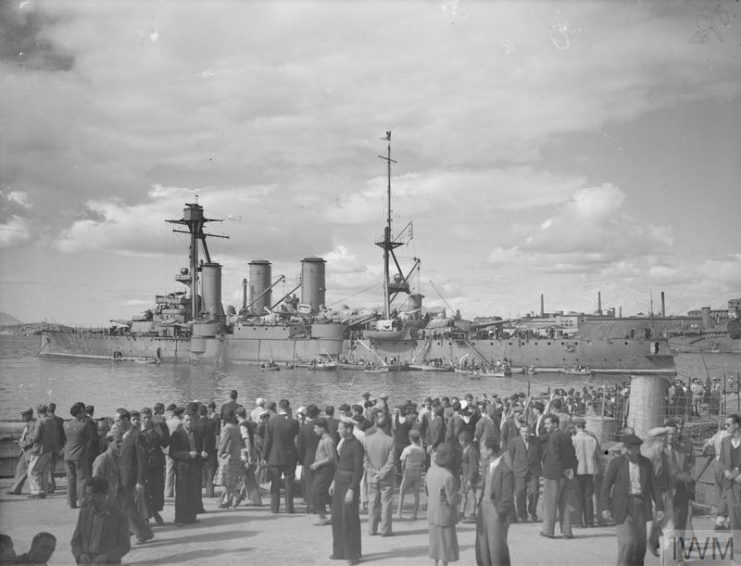
During WWII, the world’s most powerful nations were rapidly improving the quality of their military equipment – and ships were no exception. Given her age, Georgios Averof served more as a transport vessel during the conflict, rather than participating in a more active capacity.
Despite having undergone extensive upgrades in the 1920s, some 20 years on, these improvements weren’t quite holding up. After suffering issues in Bombay in 1941, Georgios Averof, again, underwent modifications, but it wasn’t until 1944 that she saw proper action. Following the liberation of Greece, she was tasked with transporting the country’s government officials from Cairo, back to Athens.
Upon the end of the conflict, Georgios Averof was the only WWI-era armored cruiser to have served in her original capacity.
Georgios Averof‘s later service and legacy
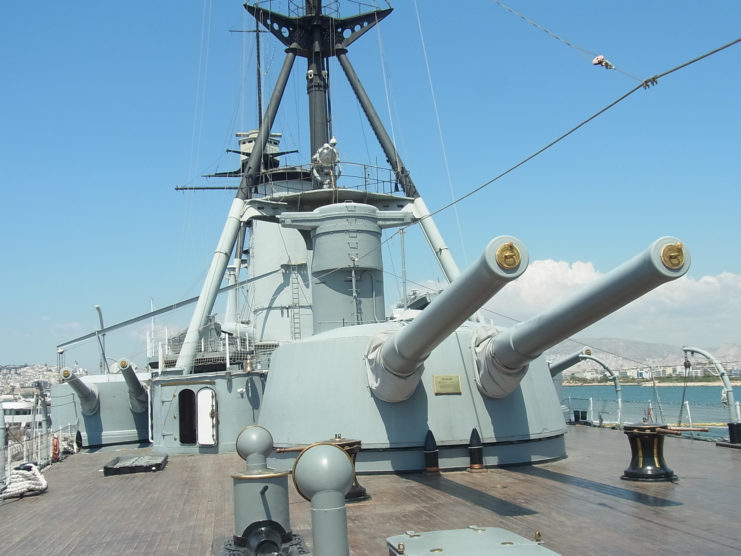
For the remainder of WWII, Georgios Averof was at the head of the Hellenic Navy’s fleet, and continued to actively serve until 1952. She was then decommissioned and sent to Salamis, followed by Poros, where she remained until 1983. The following year, the decision was made to turn the armored cruiser into a museum ship.
More from us: USS Thresher (SS-200): The Most Decorated American Submarine of WWII
Today, Georgios Averof continues to serve as a museum ship, educating visitors about her role in multiple historical conflicts. In 2017, she set sail for the first time in 72 years, after which she returned to serving as a museum.
